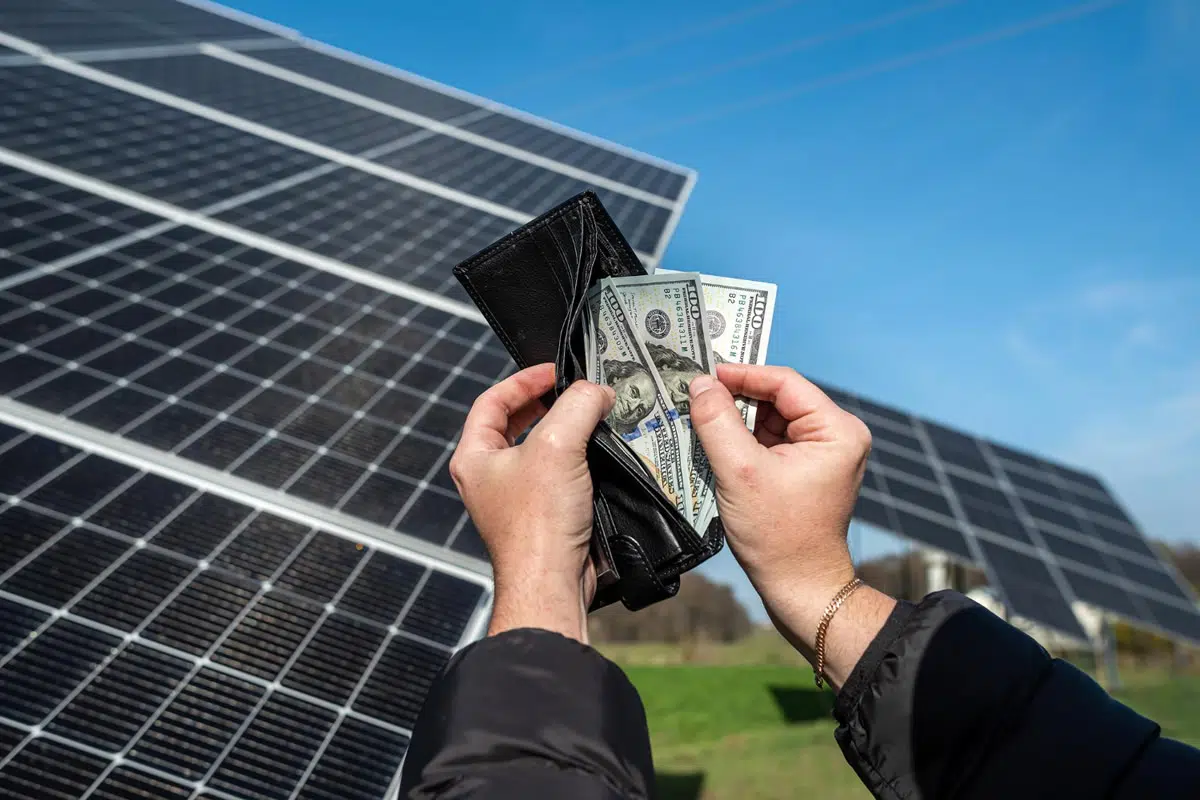Unlocking Solar Savings: What You Should Compare Before Going Solar
July 15, 2025

As utility rates climb and clean energy becomes more accessible, switching to solar has never made more financial sense. But before you jump in, it’s crucial to compare the right details—because not all solar deals are created equal.
At JNA.org, we’re here to help homeowners and business owners unlock real solar savings by making smart comparisons across cost, quality, incentives, and providers.
Here’s what you need to compare before saying yes to the sun.
1. Compare Solar Panel Costs – Not Just Total Price
Don’t let the sticker price mislead you. You need to look at:
- Cost per watt (average ranges from $2.50 to $3.50 per watt in the U.S.)
- Installation fees
- Inverter and battery add-ons
- Maintenance or service agreements
Pro Tip: The cheapest quote isn’t always the best deal if the equipment is lower-quality or lacks a warranty.
2. Compare Equipment Quality
Solar systems include panels, inverters, and optional battery storage. Always ask:
- What brand of panels are included?
- Are they Tier 1 certified?
- What’s the efficiency rating?
- Do the components have at least a 25-year warranty?
Brands like SunPower, LG, and Q Cells often provide higher performance and better long-term ROI.
3. Understand Your Incentives & Tax Credits
Before installation, check what local, state, and federal solar incentives you qualify for.
Key Options:
- Federal Solar Tax Credit (ITC): 30% off your total installation cost
- State rebates or utility credits
- Net metering programs
- Solar Renewable Energy Certificates (SRECs)
💡 Not all providers will help you claim these. Choose one who offers full guidance on solar savings programs.
4. Compare Solar Installers Side by Side
Don’t just go with the first company that knocks on your door. Compare:
- Customer reviews & reputation
- NABCEP certification
- Warranty coverage
- Local experience and turnaround time
- Financing or lease options
Use platforms like JNA.org to receive quotes from vetted installers and compare in one place.
5. Know Your Payment Options
There are 3 main ways to pay for solar:
- Cash Purchase: Highest upfront, best savings long-term
- Solar Loan: $0 down with monthly payments and ownership
- Solar Lease or PPA: Pay only for the power you use (lower savings, no ownership)
Make sure to read the terms of any loan or lease agreement carefully—including escalation clauses or prepayment penalties.
6. Consider Your Roof & Home Setup
A top-notch installer will assess:
- Roof age, angle, and condition
- Shade patterns
- Electrical system capacity
- Ideal panel placement for maximum output
If your roof needs repair, some companies offer bundled roofing + solar deals for efficiency.
Final Thoughts: Compare Now, Save More Later
Going solar is a big step—but a smart one. The key to maximizing your solar savings is simple: compare before you commit.
At JNA.org, we connect you to trusted local solar providers and help you navigate equipment options, incentives, and financial plans. With the right information, you’ll save thousands over the life of your system—and make a real impact on the environment.